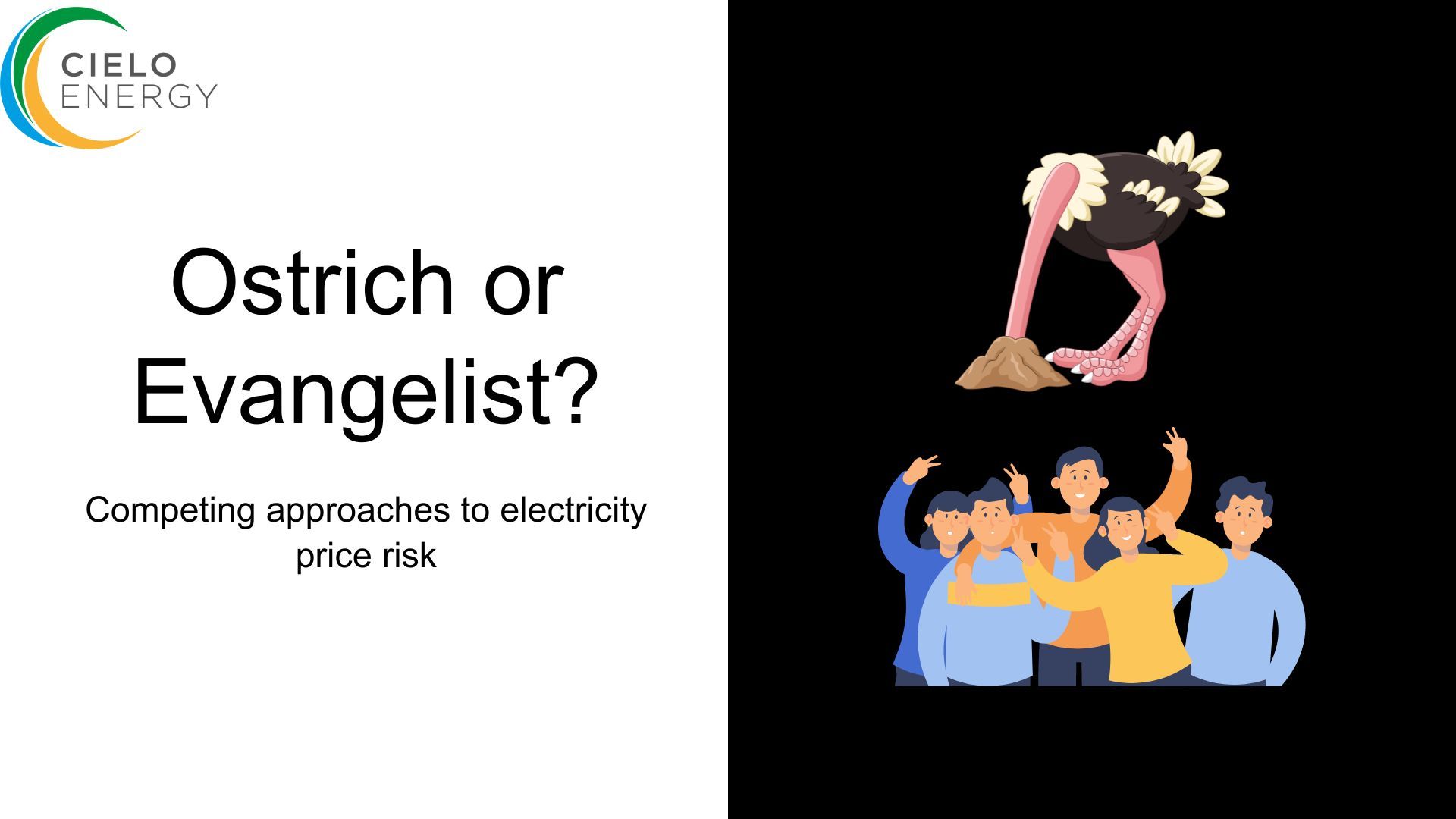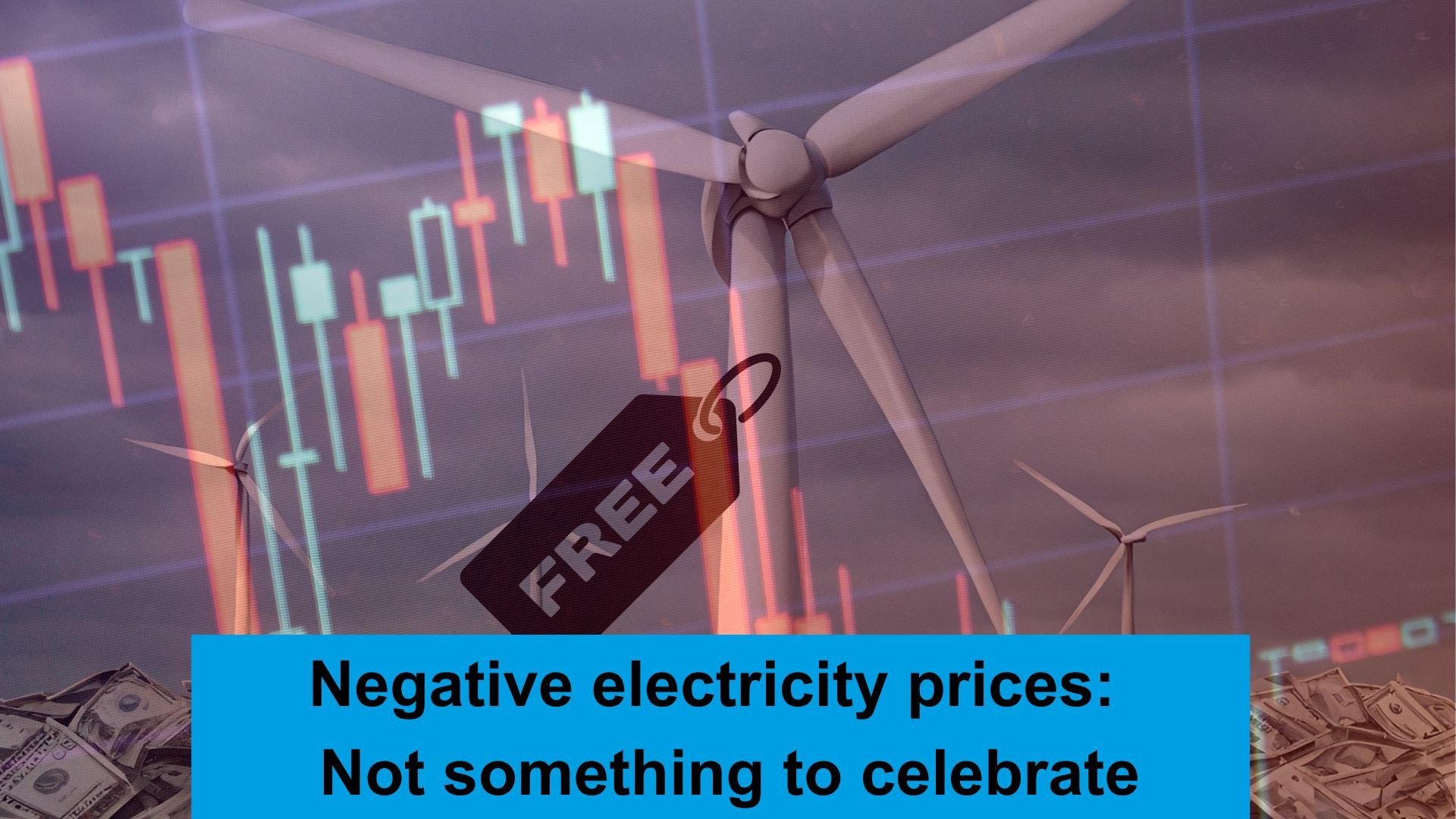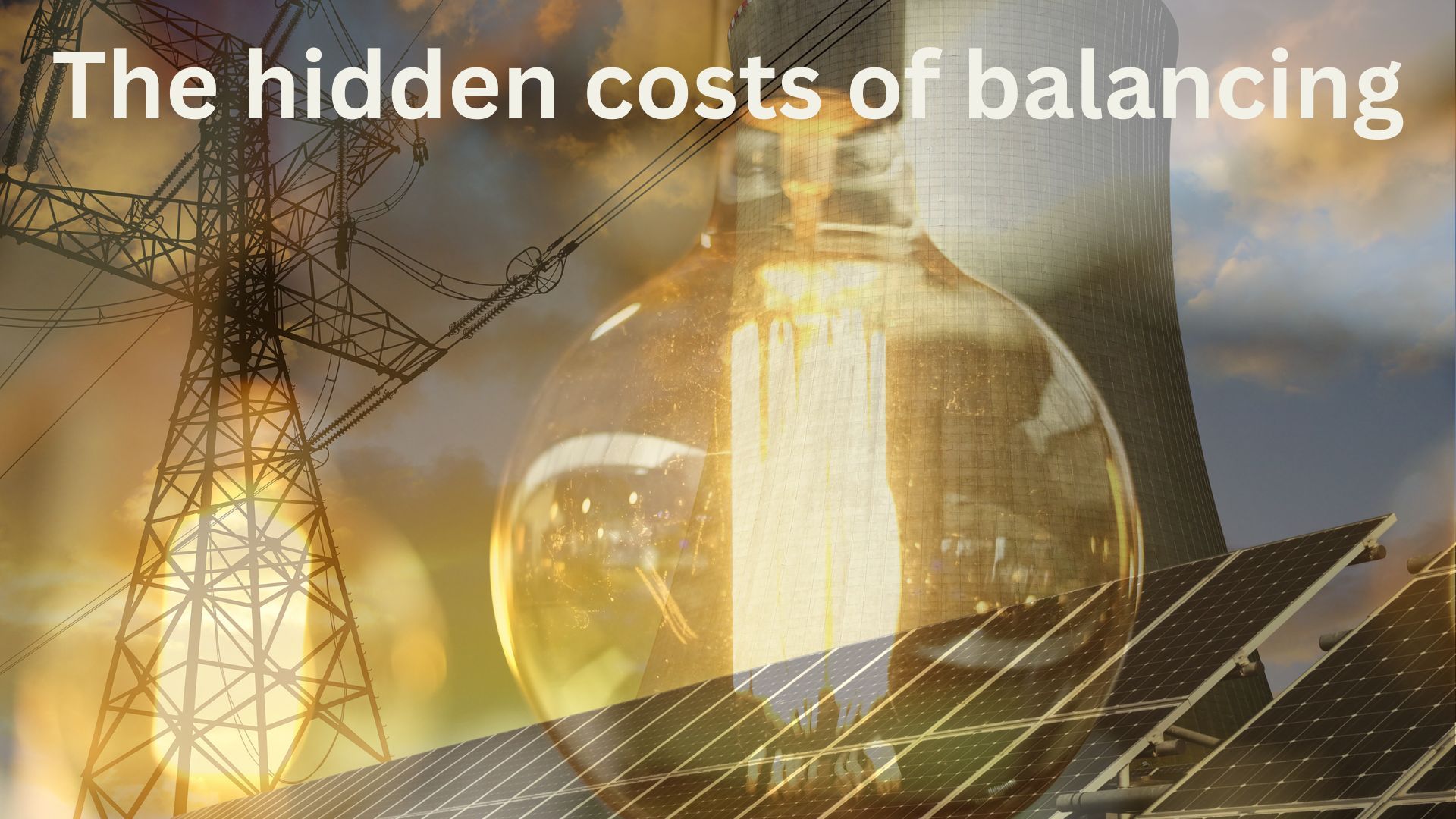What is the real impact of changing renewable subsidy contracts?

As the energy crisis continues, the Government announced last week that ‘Renewable and nuclear generators will move onto Contracts for Difference to end the situation where electricity prices are set by the marginal price of gas’.
No doubt a popular move given the headlines about gas setting the price… but it will likely make very little difference practice.
High level guide to how CfD’s work (the GB electricity version)
A CfD has two elements to it:
Strike Price which is fixed for any period, but indexed to CPI each year)
Market Reference Price (MRP) which is the wholesale market of electricity either at the day ahead stage for wind/solar or season ahead for nuclear/ biomass.
The payment made for each unit of electricity generated during a day. If the MRP is below the Strike Price, suppliers make up the difference; if the opposite is true generators pay suppliers.
The net effect of all of this is that the CfD acts as a fixed price financially settled PPA obligation on all suppliers – the cash transfers simply reset the net cost/income to the CfD strike price, assuming both sides hedge according to the MRP.
So …do CfDs lower prices compared to gas marginal pricing?
It’s all about what you’re comparing it to.
New build generation is underwritten with a CfD whose strike price is nominally based on the capital cost of the asset plus an acceptable margin. If gas was cheap this would likely be significantly above the cost of just using gas – hence the reason for providing the generator with stability to provide a rate of return high enough to attract the investment needed to get the asset built.
At the moment these new-build asset CfDs do look cheap when compared to gas.
Existing Assets have a totally different reference point, because they already exist.
The current non-cfd market mechanisms provide for the generator to sell its energy as it chooses and receiving a top-up subsidy as well – no matter what the energy price is.
Moving to a fixed price CfD now will have to include the current market price in the calculation of the CfD price, along with some expectation of long-term price decline towards a more normal level. This averaging could reduce the cost in the short term (depending on how the generation is currently being sold) but bakes in the upside of current high market prices for the duration of the CfD.
Far from breaking the link between gas and power, this action prolongs it for existing assets, and (barring ongoing extreme events) will ultimately add to long term customer costs. A popular, but ineffective solution at this point.
Given the complexity of solving the critical customer facing impacts of the energy crisis, and the limited impact of this change (other than reducing government short-term borrowing a little by smearing the costs a little) this does not look like a good thing to prioritise.
Share this on social media
All Rights Reserved | Cielo Energy
REG NO: 11992760 | ICO REG NO: ZA757421










